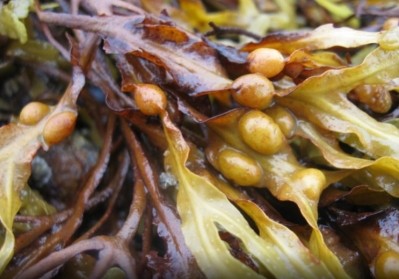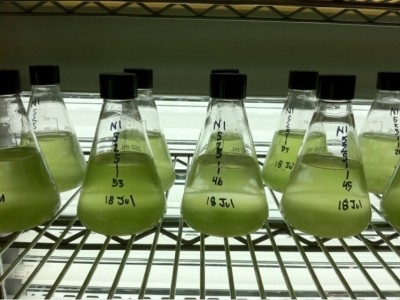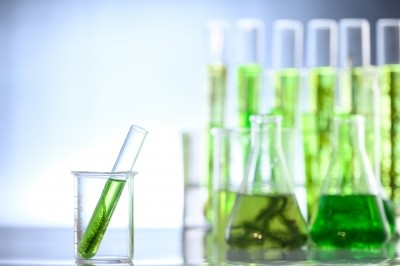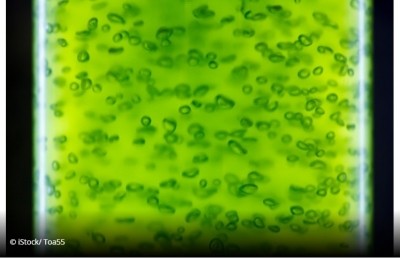Marine alga extracts show potential in tackling infections and skin cancer
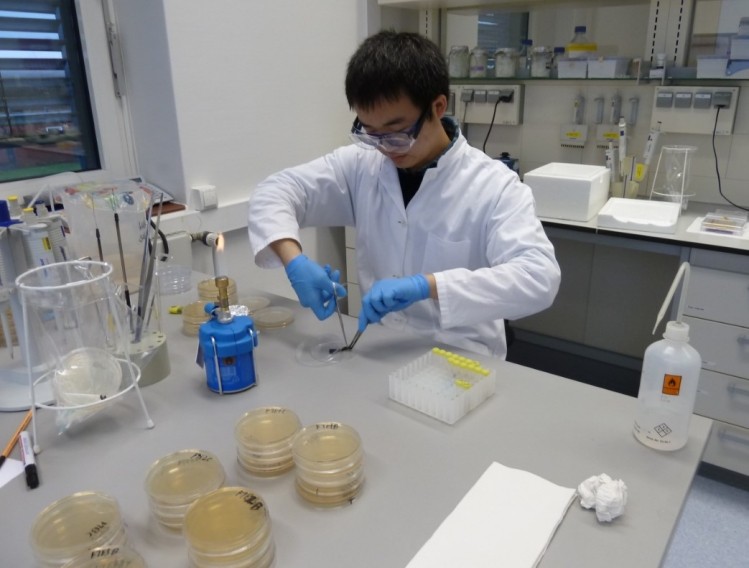
In two studies describing the work, the team found the brown alga Fucus vesiculosus (bladder wrack) inhibits the bacterium Methicillin-resistant Staphylococcus aureus (MRSA), which causes hospital infections.
In a further discovery, the symbiotic fungi Pyrenochaetopsis sp from bladder wrack was also found to kill melanoma-type skin cancer cells with low cytotoxicity.
“In nature, bladder wrack is often under strong pressure from fouling and biofilm formation by millions of microorganisms found in seawater,” says professor Dr Deniz Tasdemir, head of the Marine Natural Product Chemistry research unit at GEOMAR Centre for Marine Biotechnology (GEOMAR-Biotech).
“Therefore, membrane-bound compounds, as we identified in this study, are of high ecological importance for self-protection of the alga. Such molecules, which perform a critical function in natural space, often display related activities against human pathogens.
“Since bladder wrack is an edible seaweed, such activities make it an attractive candidate not only as a source of drugs, but also for food supplements or food protection”, says Professor Tasdemir. “Next, we will be investigating the application potential of bladder wrack in food industry.”
Bioactive Molecular Networking
In the first study, the team from GEOMAR-Biotech, employed an automated, computer-based approach that used bioactivity screenings on the subextracts of Baltic F. vesiculosus.
Dubbed the ‘Bioactive Molecular Networking’ (BMN) concept, the technique also used in silico dereplication tools to identify the compounds responsible for antimicrobial activity.
The first antimicrobial cluster identified by BMN was galactolipids, specifically the isolation of six monogalactosyldiacylglycerol (MGDG) derivatives (1–6) and one digalactosyldiacylglycerol (DGDG, 7).
The team discovered that MGDGs 5 and 6 and the DGDG 7 exhibited activity against Staphylococcus aureus.
Further analysis identified phlorotannins as a second compound class exhibiting high bioactivity. Here, phlorethol-type phlorotannins showed high correlations with antimicrobial activity based on the BMN approach, and two phlorotannins (8–9) were isolated.
“Algorithm-based bioinformatics strategies and machine learning tools have enabled us to map the massive metabolome of brown alga and predict molecular clusters responsible for their antibiotic activity,” says Dr Larissa Büdenbender, study author and former postdoctoral fellow at GEOMAR Helmholtz Centre for Ocean Research Kiel.
“The classical discovery approach from extraction to characterization of bioactive ingredients of the alga would normally take 3-4 years. These automated tools helped us to accelerate the targeted discovery of new natural antibiotics down to some months,” adds professor Tasdemir.
Fungi, which also live in symbiosis on the surfaces and inside of seaweed, are also considered promising sources of new drug discovery and development.
Potent fungal extract
This theory forms the basis of the second study in which the fungal extract Pyrenochaetopsis sp. FVE-001 was selected for an in-depth chemical analysis.
Lead study author Bicheng Fan, a PhD student of professor Tasdemir, also used computer-aided automated approaches to isolate special molecules with a rare chemical scaffold.
Fan and the team isolated three new decalinoylspirotetramic acid derivatives, pyrenosetins A–C (1–3) and the known decalin tetramic acid phomasetin (4).
Findings revealed that compounds 1 and 2 exhibited high anticancer activity against a malignant melanoma cell line (A-375).
According to professor Tasdemir, “Fungi, which we isolated from bladder wrack and fermented in optimized laboratory conditions, are an established source of natural anti-cancer agents.
“We have found several novel natural products here, which we named as pyrenosetins A and B, that have a high potential for fighting skin cancer.”
“Access to the revolutionary genomics, metabolomics, bioinformatics and machine learning tools will enable new and rapid discovery of marine compounds, and more rational and efficient use for subsequent drug development with industrial partners”, the professor concludes.
Source: MDPI
Published online: doi:10.3390/md18060311
“Bioactive Molecular Networking for Mapping the Antimicrobial Constituents of the Baltic Brown Alga Fucus vesiculosus.”
Authors: Larissa Buedenbender et al.
Source: MDPI
Published online: doi:10.3390/md18010047
“Pyrenosetins A–C, New Decalinoylspirotetramic Acid Derivatives Isolated by Bioactivity-Based Molecular Networking from the Seaweed-Derived Fungus Pyrenochaetopsis sp. FVE-001.”
Authors: Bicheng Fan et al
